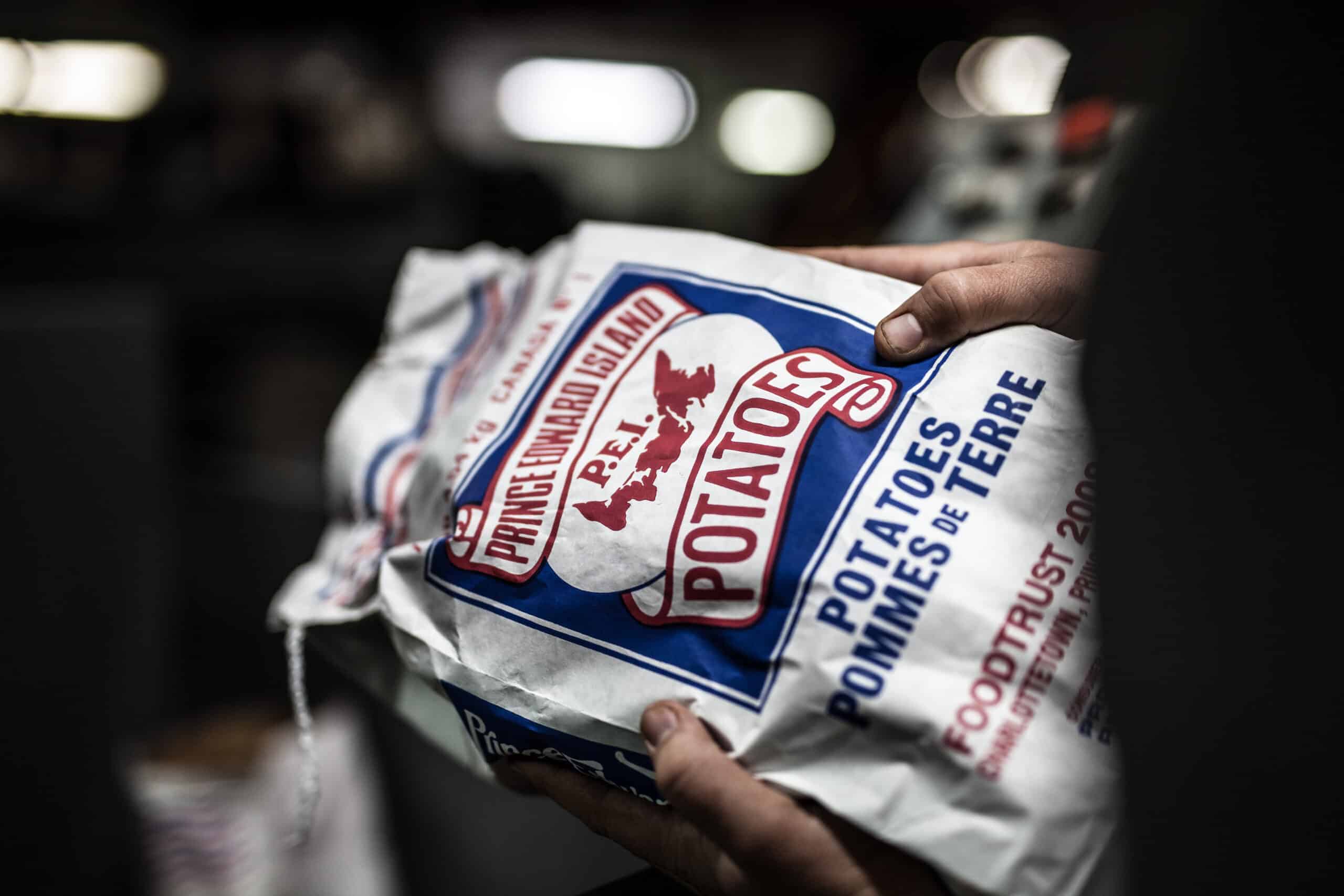Earlier this year I woke up to a flurry of messages to the Spud Smart Facebook account. A disgruntled potato shopper had stumbled across our magazine’s social media page and wanted to share their grievances.
Their complaint was that they had bought potatoes at the store and cooked them up, loving the way the potatoes cooked. The next day they went back to the store and bought a bag of potatoes from the same display, except when they went home and cooked the potatoes, they didn’t perform as they had before. The potato shopper was complaining to us that the potato industry was lying about how potatoes are sold.
My reply was to explain that we weren’t a potato company, but instead a magazine for potato growers and therefore we personally couldn’t help them out. While I did feel bad I couldn’t help more, it got me thinking about how potatoes are sold in North America. I recalled a conversation I had with Aron Derbridge at HZPC where he talked about the future he envisioned for fresh potato marketing where potatoes would be sold by variety and not broad category.
So, I thought why aren’t they? Google wasn’t much help, but I was able to find that there were some regions such as Idaho which sold their spuds by variety. I knew there was more to this story. While it wasn’t specifically a concern for growers, it does impact growers as it causes frustration among their consumers, so I thought I should look into it. The result is “The Truth About How Fresh Potatoes Are Marketed”.
This story was interesting to dive into as a potato consumer myself. I started off with the belief that we should market potatoes by variety, but by the end I wasn’t so convinced. As I talked with Potatoes USA and learned about sensory profiles and with Mark Phillips at the Prince Edward Island Potato Board who pointed out the logistical issues, it made me realize it isn’t that simple to just sell by variety.
My personal conclusion is that I as a consumer now want to seek out more information about sensory profiles of potatoes and learn more about the different potato types so that I can make even more delicious potato dishes. While this may seem like a great conclusion, it really isn’t as it raises another point I found in my reporting, how do we make every consumer not just myself, take the time to learn more about how to cook spuds?
I don’t have the answer to that question, but I do have some of the pieces that may help answer it in the future. The only way consumers will learn more about the potatoes they buy is if the whole potato value chain from seed to grower to retailer to consumer work together to learn about what each need and want when it comes to spuds. Maybe then I won’t be waking up to disgruntled potato shopper messages on Facebook.
P.S. This is my last issue as editor. I’ve enjoyed working with the potato industry for the past four years and connecting to tell your stories, but it’s time for a change. I look forward to working with you again in the future, but for now, I want to thank you for welcoming me into the industry and good luck with #plant24.
Header photo — A packed 10-pound Prince Edward Island potato bag. Photo: Prince Edward Island Potato Board
Related Articles
The Truth About How Fresh Potatoes Are Marketed









